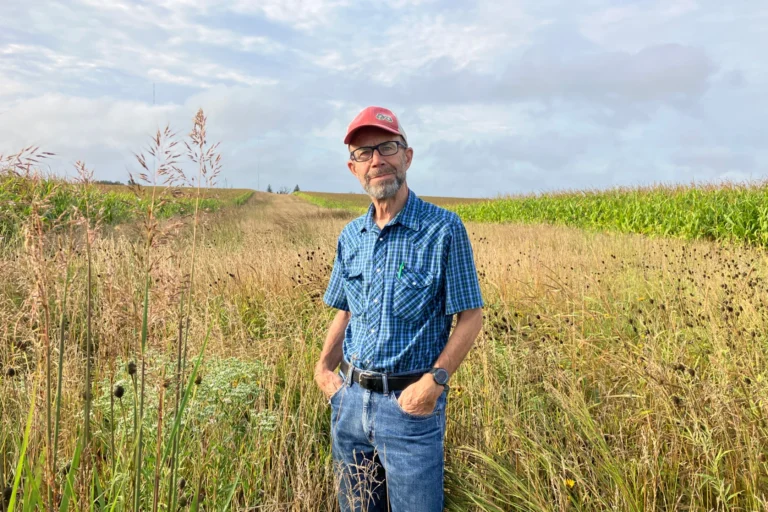While corn and soybeans dominate the Midwestern landscape today, some farmers are integrating strips of native prairie back into their fields. This conservation practice has expanded to more than a dozen states.
Between two corn fields in central Iowa, Lee Tesdell walks through a corridor of native prairie grasses and wildflowers. Crickets trill as dickcissels, small brown birds with yellow chests, pop out of the dewy groundcover.
“There’s a lot of life out here, and it’s one of the reasons I like it, especially in these late summer days,” Tesdell said.
This is a prairie strip. Ranging from 30 to 120 feet wide, these bands of native perennials are placed strategically in a row-crop field, often in areas with low yields and high runoff. Tesdell has three on his century farm.
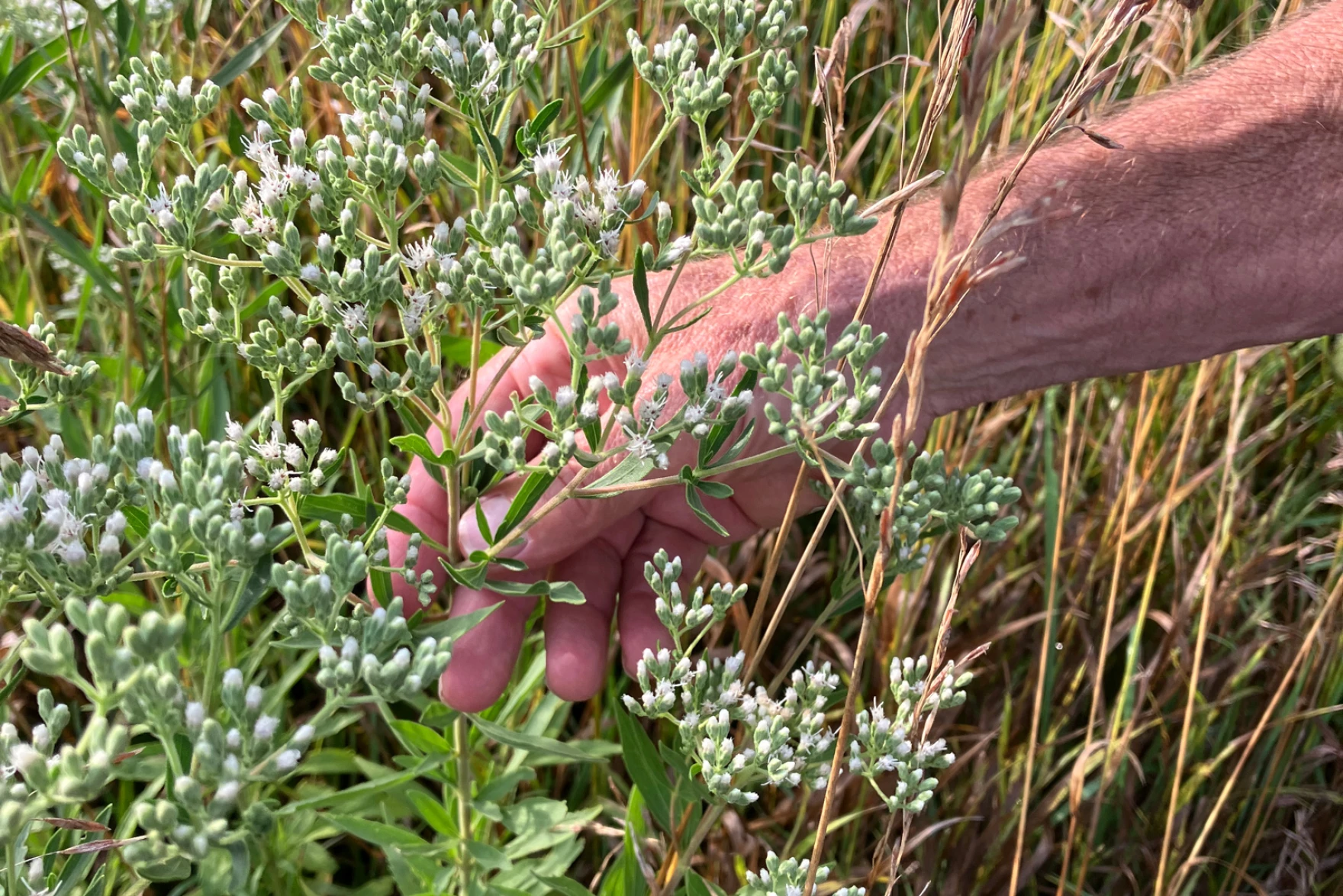
He points out several native plants — big bluestem, wild quinine, milkweed, common evening primrose — that came from a 70-species seed mix he planted here six years ago. These prairie plants help improve the soil while also protecting his more fertile fields from bursts of heavy rain and severe storms, which are becoming more frequent.
“To a conventional farmer, this looks like a weed patch with a few pretty flowers in it, and I admit it looks odd in the corn and soy landscape in central Iowa. But I do it for several reasons, that I think are good reasons,” he said. “I’m trying to be more climate change resilient on my farm.”
Research shows that converting as little as 10% of a corn or soybean field into a prairie strip can reduce soil erosion by 95%. Prairie strips also help reduce nutrient pollution, store excess carbon underground and provide critical habitat for pollinators and grassland birds.
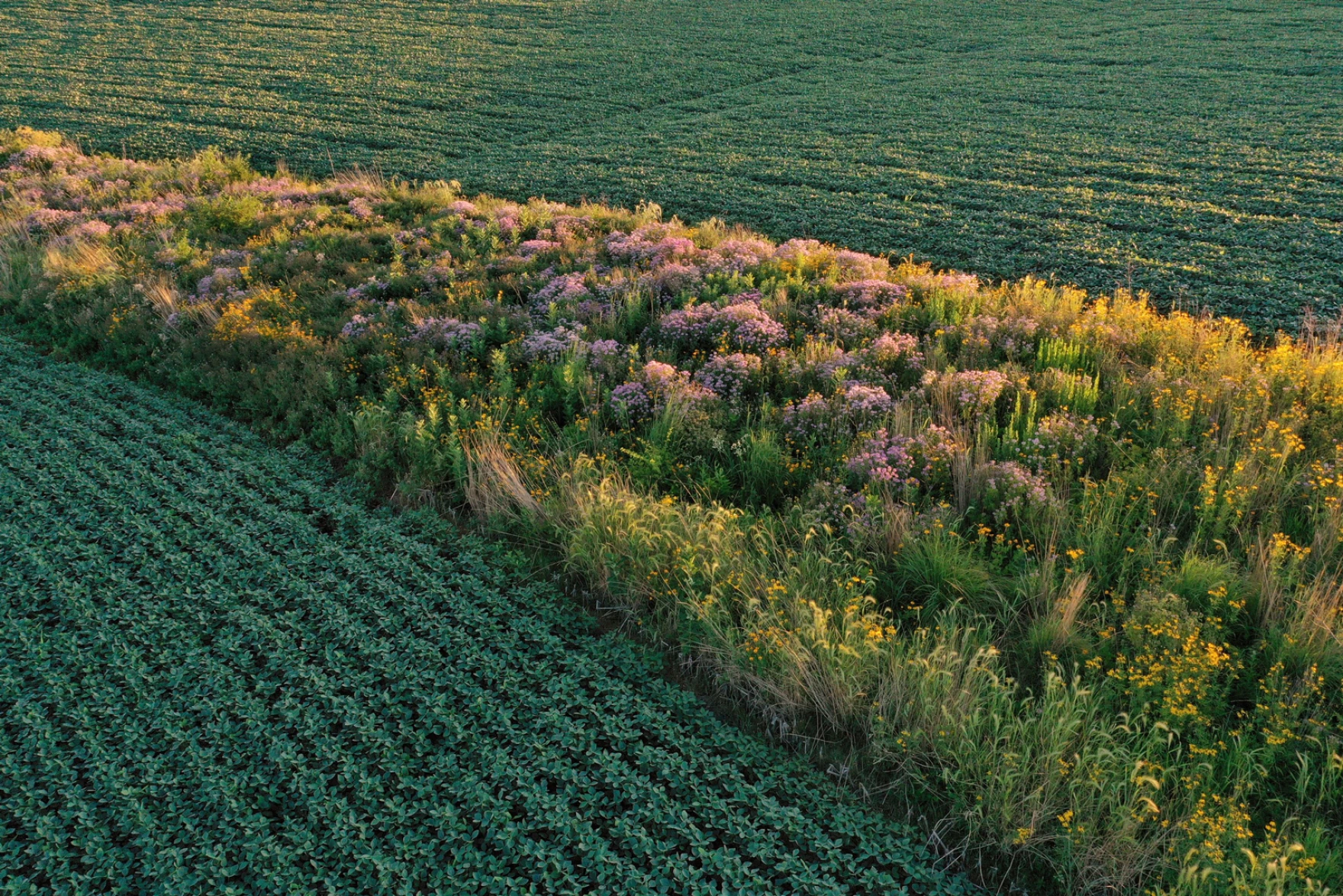
Federal funding through the USDA’s Conservation Reserve Program has helped prairie strips take off in recent years. And new incentives and markets could support more wide-spread adoption.
But the idea for prairie strips started two decades ago with Iowa State University researchers and Neal Smith National Wildlife Refuge managers. Lisa Schulte Moore, a landscape ecologist and co-director of the Bioeconomy Institute at Iowa State University, has been integral to the research and outreach for this conservation practice. She received national recognition in 2021 with a MacArthur “Genius” grant.
Schulte Moore emphasizes that large patches of restored and reconstructed prairie are vital, especially for wildlife. But integrating small amounts of native habitat back into the two dominant ecosystems — corn and soybeans — can make a big difference.
“I dream of driving across Iowa [in] winter and seeing various shades of greens and yellows and oranges, rather than brown,” said Schulte Moore.
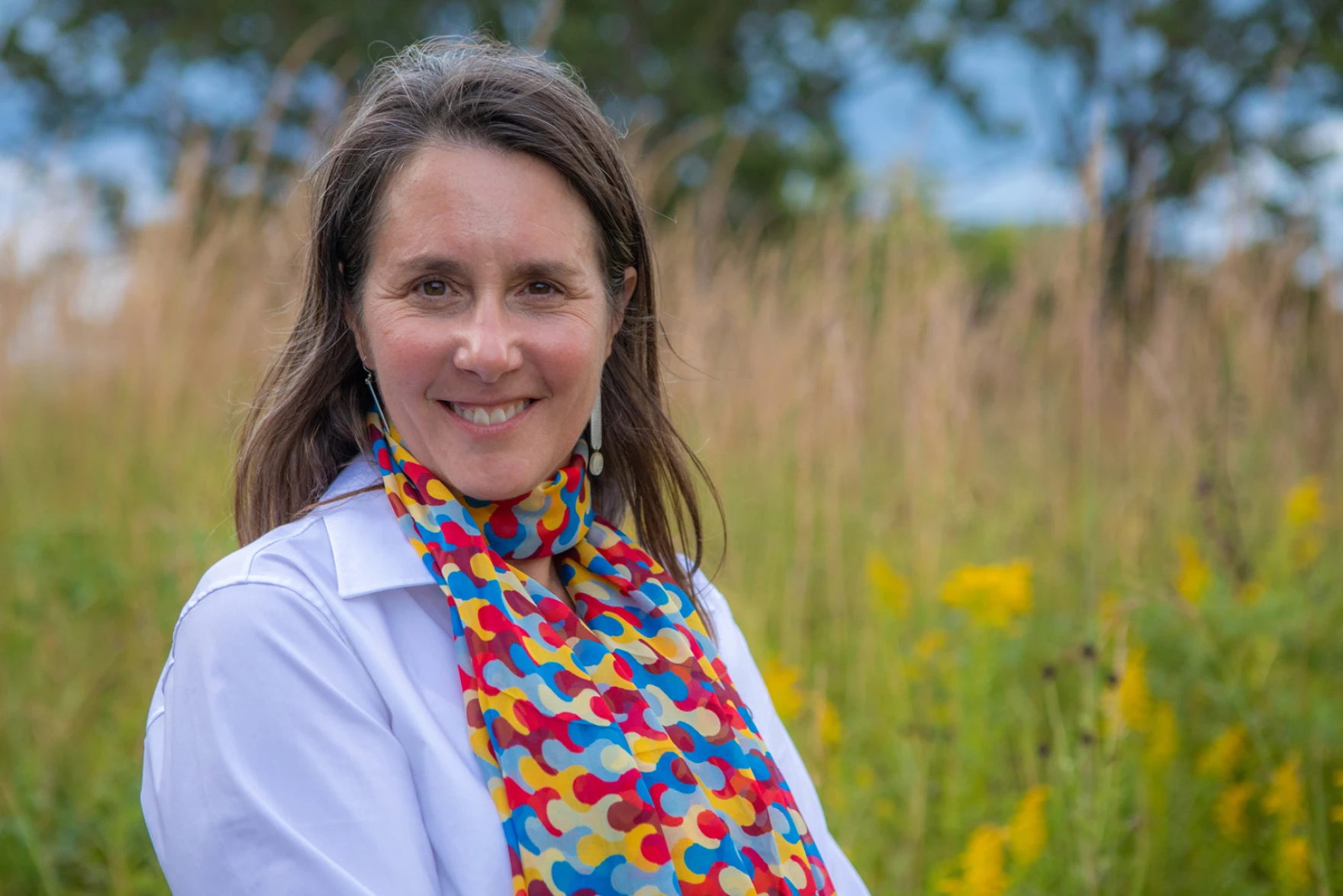
Natural water filters
In north central Missouri, farmer Doug Doughty has been adding and expanding conservation practices, like no-till, for decades. He also has a few hundred acres of prairie enrolled in the USDA’s Conservation Reserve Program. This past winter, he added prairie strips.
One of Doughty’s motivations to do more is nutrient pollution. High levels of nitrates and phosphorus can wreak havoc on aquatic habitats and the economies that depend on them. There are also health risks for people. Nitrates in drinking water have been associated with blue baby syndrome and cancer.
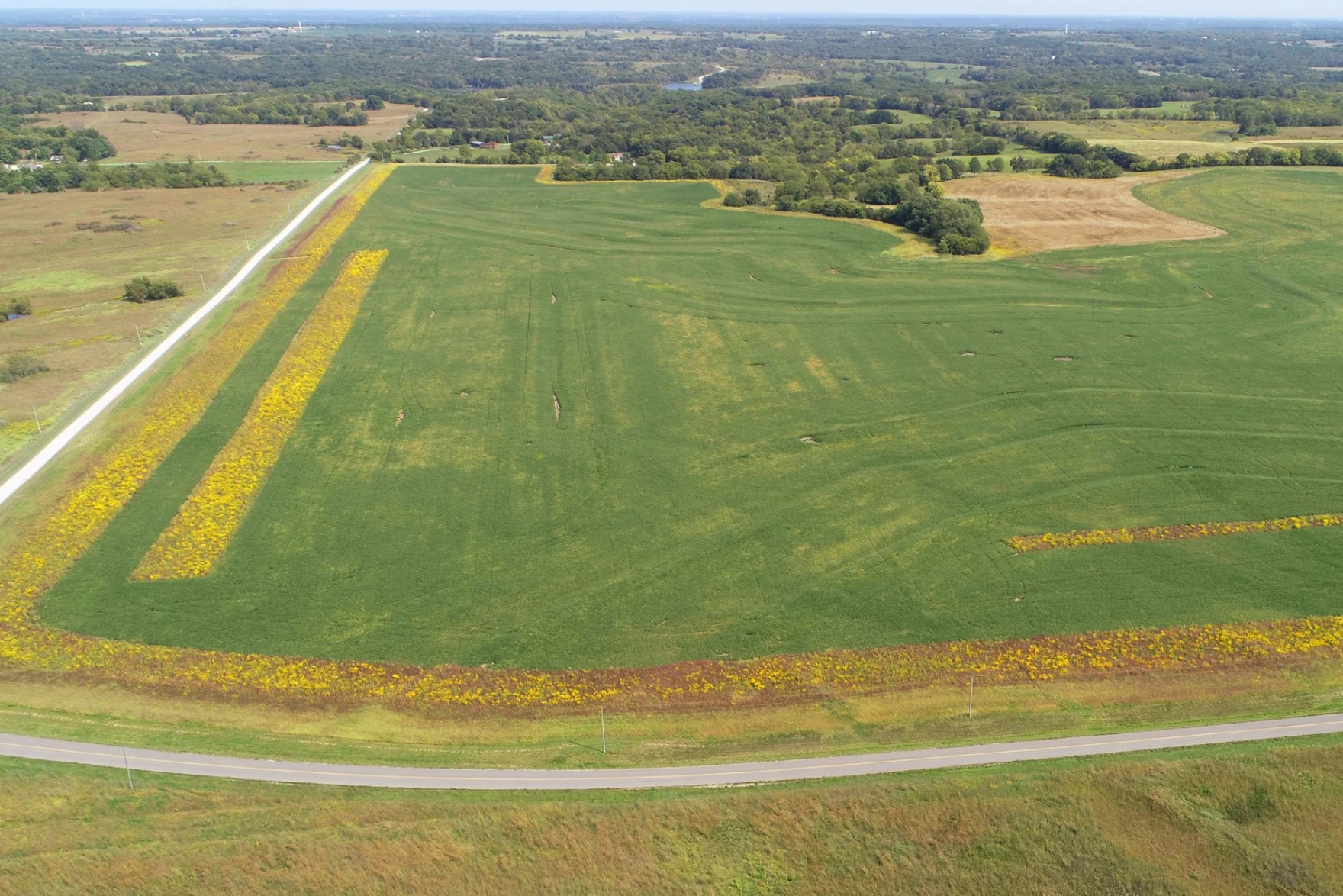
Doughty says it’s time for a widespread mindshift.
“When cattle break through the fence or a gate is left open, we have a sense of urgency to get those cattle back in and fix the fence, right?” Doughty said.
He points out that’s because livestock are valuable and a liability — they can harm people and property.
“Nutrients are valuable and they’re also a liability once they get out of our fields and get into streams and rivers and water supplies,” Doughty said, “and taxpayers are having to pay extra now on their water bills in locations to clean up those nitrates and phosphates.”
During an outreach event in the Iowa Great Lakes region, Matt Helmers uses a rainfall simulator to demonstrate runoff and erosion with different conservation practices. He’s one of the prairie strips researchers and director of the Iowa Nutrient Research Center at Iowa State University.
“Prairie strips can be very effective for not only reducing surface runoff, but treating water that interacts with the root zone below the prairie strip,” Helmers said.
During a big rain storm, each prairie strip in a field acts like a “mini speed-bump,” said Helmers. A thick wall of stems and leaves slows down surface water, which reduces soil erosion and gives the ground more time to soak up water.
Below ground, long roots anchor layers of soil while absorbing excess water, along with nitrates and phosphorus.
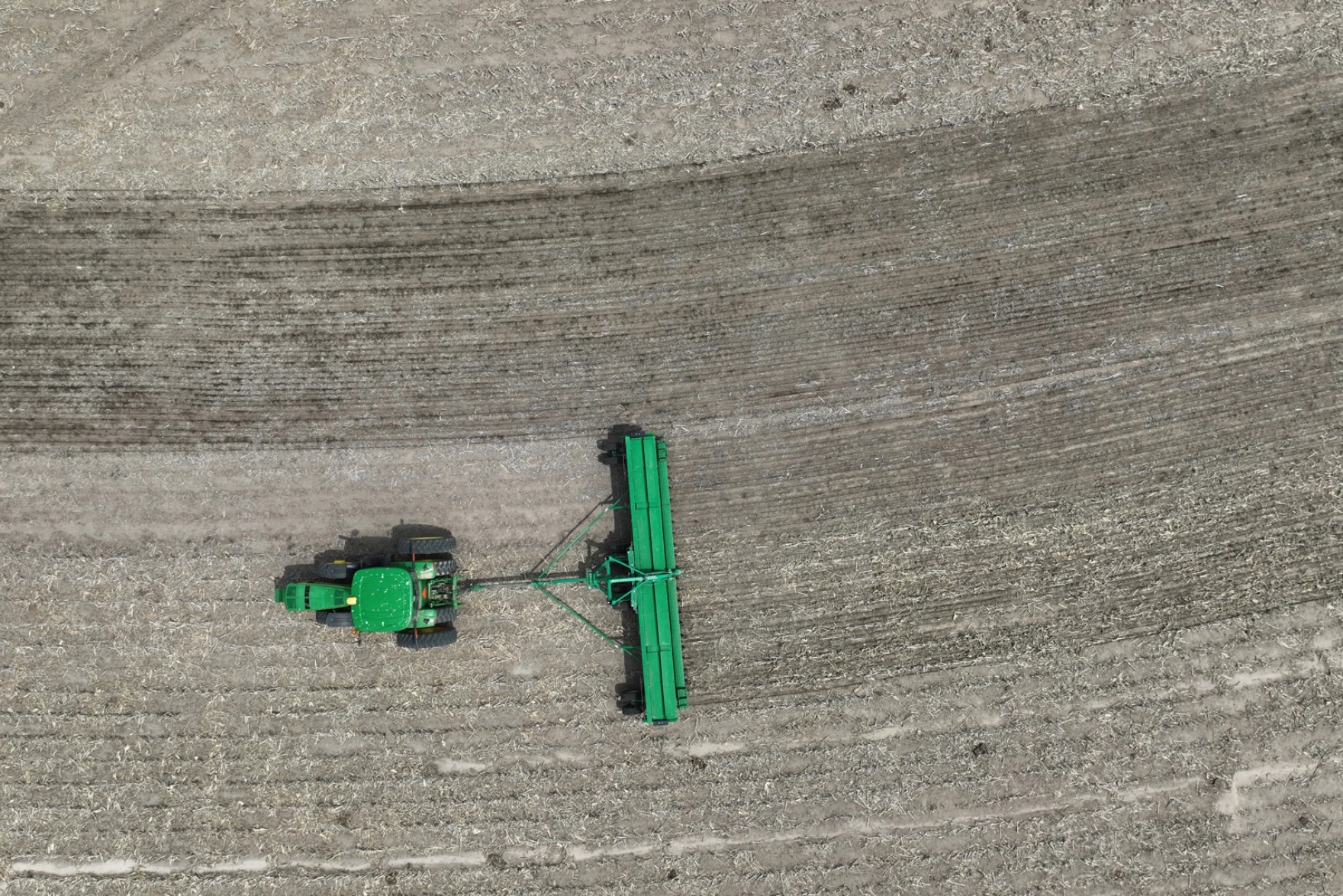
Behind Helmers, a prairie strip wraps around the slope base of a corn field. This is Eric Hoien’s land.
Hoien says he first heard about the conservation practice a decade ago, right around the time he was becoming more concerned about water issues in Iowa. But the final push to add 24 acres of prairie strips came from something Hoien saw in an airplane above the Gulf of Mexico.
“I looked down and for what was probably 20 minutes, it was just like the biggest brown mud puddle I’d ever seen. And so I knew that, that stuff they say about the Dead Zone, from 30,000 feet, was real,” Hoien said. “I know where I live, and I know that the water that comes out of our lakes eventually finds its way down there through all the river systems.”
Hoien says prairie strips offer other benefits close to home. Neighbors often tell him they appreciate the wildflowers and hearing the “cackle” of pheasants. He also enjoys hunting in the prairie strips and spotting insects he’s never seen before.
Helping pollinators and grassland birds
Several miles north, near the border with Minnesota, Amy Toth scans purple clusters of bee balm and bright yellow goldenrod in a prairie strip at the Wallace & Bowers Nature Area.
Toth, who is also part of the prairie strips research team and an entomology professor at Iowa State University, is looking for pollinators.
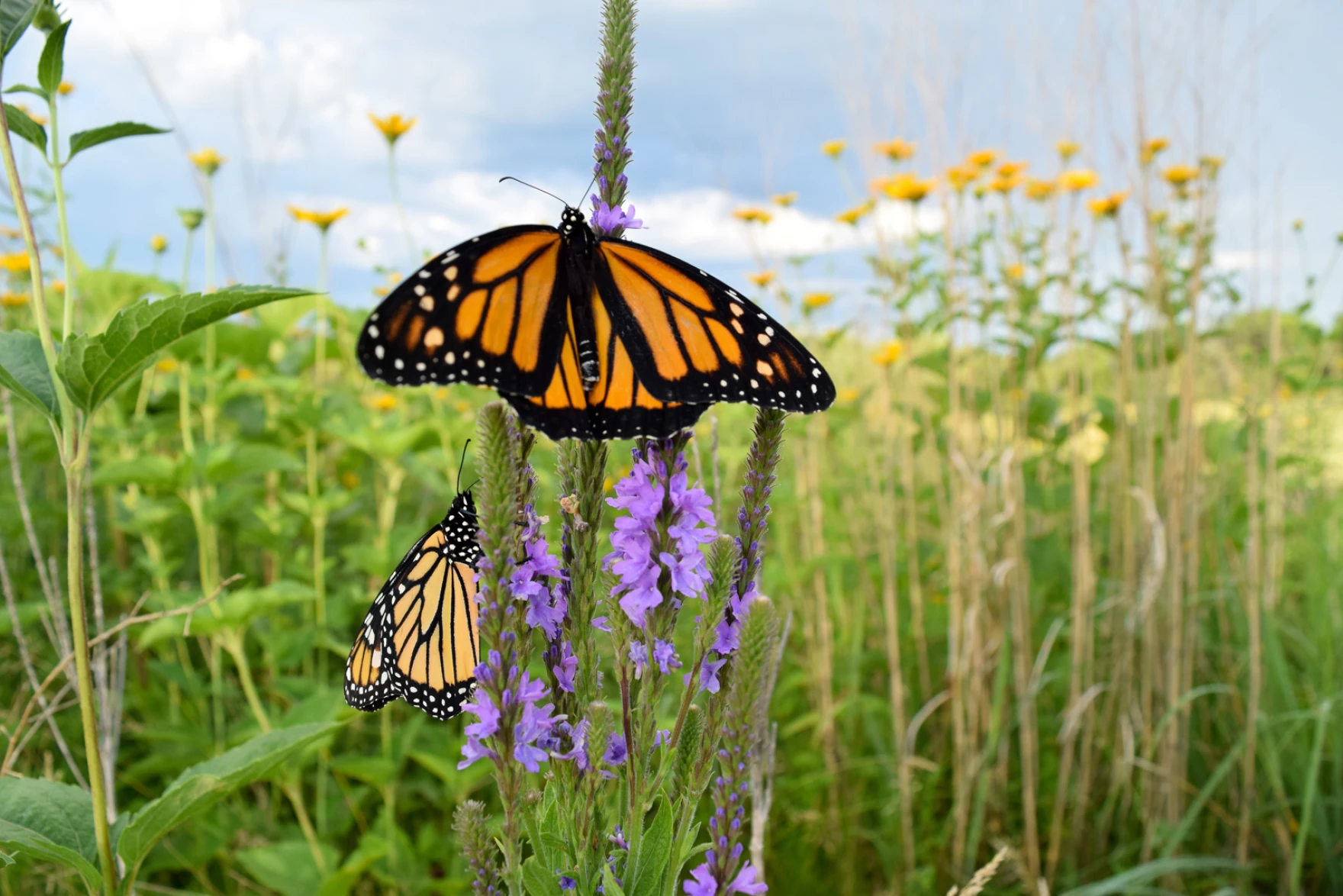
“Why do we care about pollinators? In short, they make the world go round, and so they’re pollinating a number of crops that we value very much. So fruits, vegetables, nuts. It’s oil crops, and so our diet would be a lot less diverse without pollinators,” Toth said.
She says wild pollinators — native bees, butterflies, wasps, flies and beetles — also play a big role in plant species diversity and ecosystems.
“[You may] think a tiny insect on a flower is not really that important, but it’s part of an interconnected web of species interactions,” she said.
Toth leans down to identify a bumblebee.
“And this is, in fact, Bombus pensylvanicus,” she said. “This is one of the more rare species here in Iowa. It’s been petitioned as an endangered species.”
Pollinator populations around the world have been dropping. Researchers point to a combination of habitat loss, pesticide exposure, parasites and diseases, along with warmer temperatures and more severe weather events due to climate change.
Prairie strips offer a safe haven.
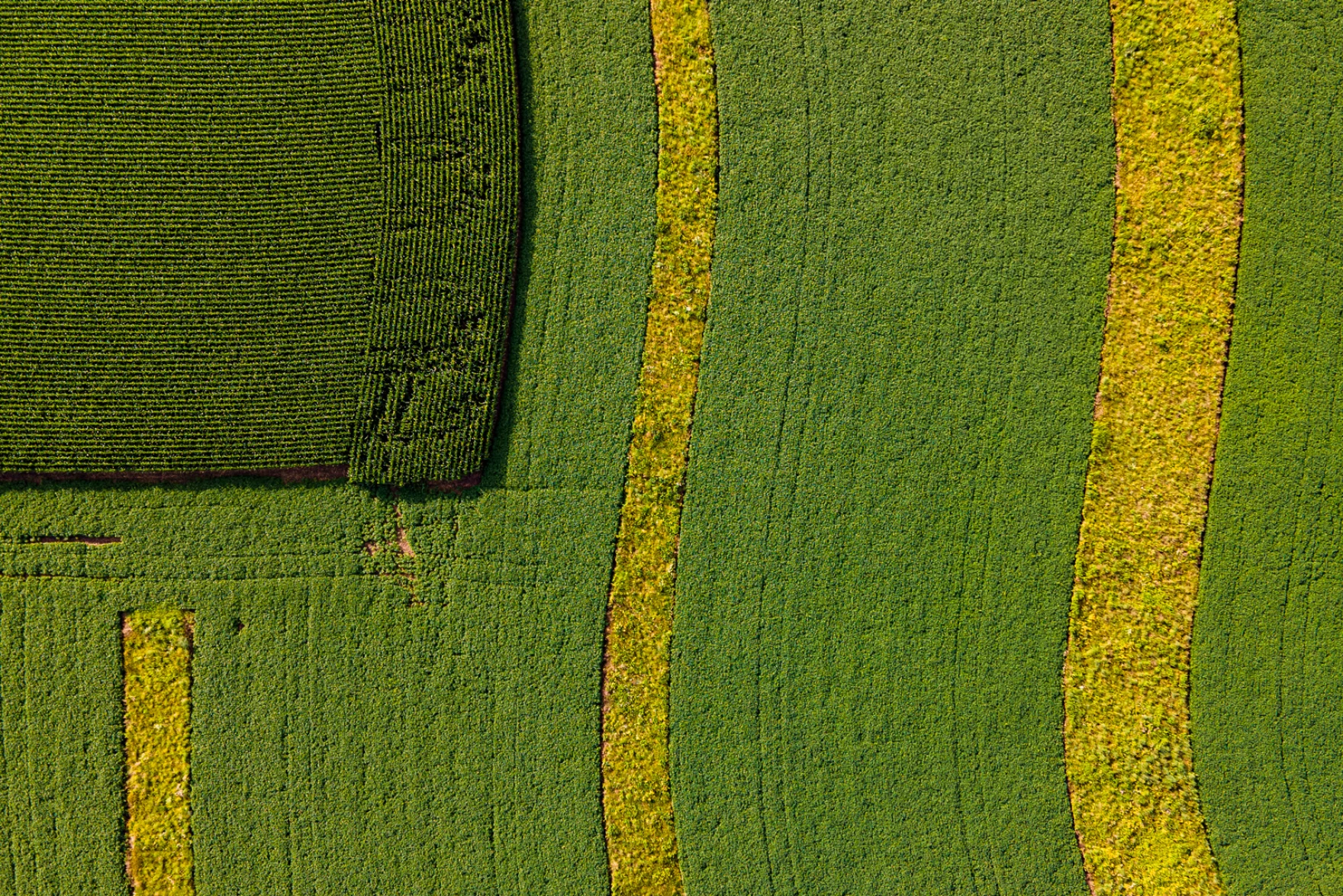
“If we can help them have a place to live and something to eat, they can be better equipped to cope with those kinds of stress that they’re inevitably going to encounter in their environments,” Toth said.
Along with providing shelter, Toth says prairie strips offer a smorgasbord of blooms throughout the growing season. She says this is especially important in August when soybeans have stopped flowering.
Research shows both the diversity of pollinator species and overall numbers are higher in prairie strips compared to field edges without native plants.
Strips of native plants aren’t just good for pollinators. Researchers, including Schulte Moore, found a nearly three-fold higher density of grassland birds on fields with prairie strips. She points out grassland birds have declined more than any other avian community in North America since 1970.
“Nationally and globally, grassland biodiversity is on very steep decline, and we need to figure out how we can share our world better with all the other species that you know call it home as well,” she said. We know from our data that prairie strips can help with that.”
Scaling up
Schulte Moore says a group of forward-thinking, innovative farmers and partnerships with non-profits, foundations, universities and agencies in the Midwest have helped prairie strips gain traction.
But she says a “monumental shift” happened with the 2018 Farm Bill. Prairie strips became an official practice in the federal Conservation Reserve Program. Along with technical assistance, enrolled landowners get a 50% cost-share to install prairie strips, an incentive payment and annual payments for each acre taken out of production.

Alan Lange, a natural resources specialist for wildlife with the USDA’s Farm Service Agency, helped write the policy with flexibility in mind.
Lange said landowners and conservation planners determine where and how much prairie to put into a row-crop field “to not only address water quality, soil erosion and wildlife habitat but also [to] be a practical tool to fit into the farming operation.”
For example, landowners and conservation planners determine where and how much prairie to put into a row-crop field. The policy also lets farmers use prairie strips as end rows to turn around heavy equipment, which isn’t allowed with some CRP practices, and it recognizes the need for different seed mixes.
“What’s native to Illinois is going to be very different than what’s native to western Nebraska. So we allowed for that flexibility within states to determine what those approved native species would be,” Lange said.
Many conservation organizations, some state agencies and even private companies are also trying to incentivize prairie strips.
“Voluntary conservation has its limits, as we can see on the landscape right now,” said Omar de Kok-Mercado.
Kok-Mercado worked with Lange to write the CRP policy while he was part of the prairie strips research team at Iowa State University He’s now the Midwest lead for land and business planning at Mad Agriculture. The Colorado-based nonprofit also helps farmers with financing, market connections and community building as they transition from conventional to regenerative, organic agriculture.
Mad Agriculture and Whole Foods Market recently launched a three-year pilot program with four farms across Minnesota, Wisconsin and Montana.
Whole Foods is funding the prairie seed mixes and covering the costs of monitoring, evaluating and reporting. Mad Agriculture is providing the technical, on-the-ground assistance to establish and manage the strips. A hundred acres will be seeded later this year.
Schulte Moore and other researchers are also trying to develop new markets and economic incentives for prairie strips. This includes Grass2Gas, a federally-funded, multi-institutional project investigating the feasibility of using prairie strip cuttings to produce renewable natural gas with anaerobic digestion.
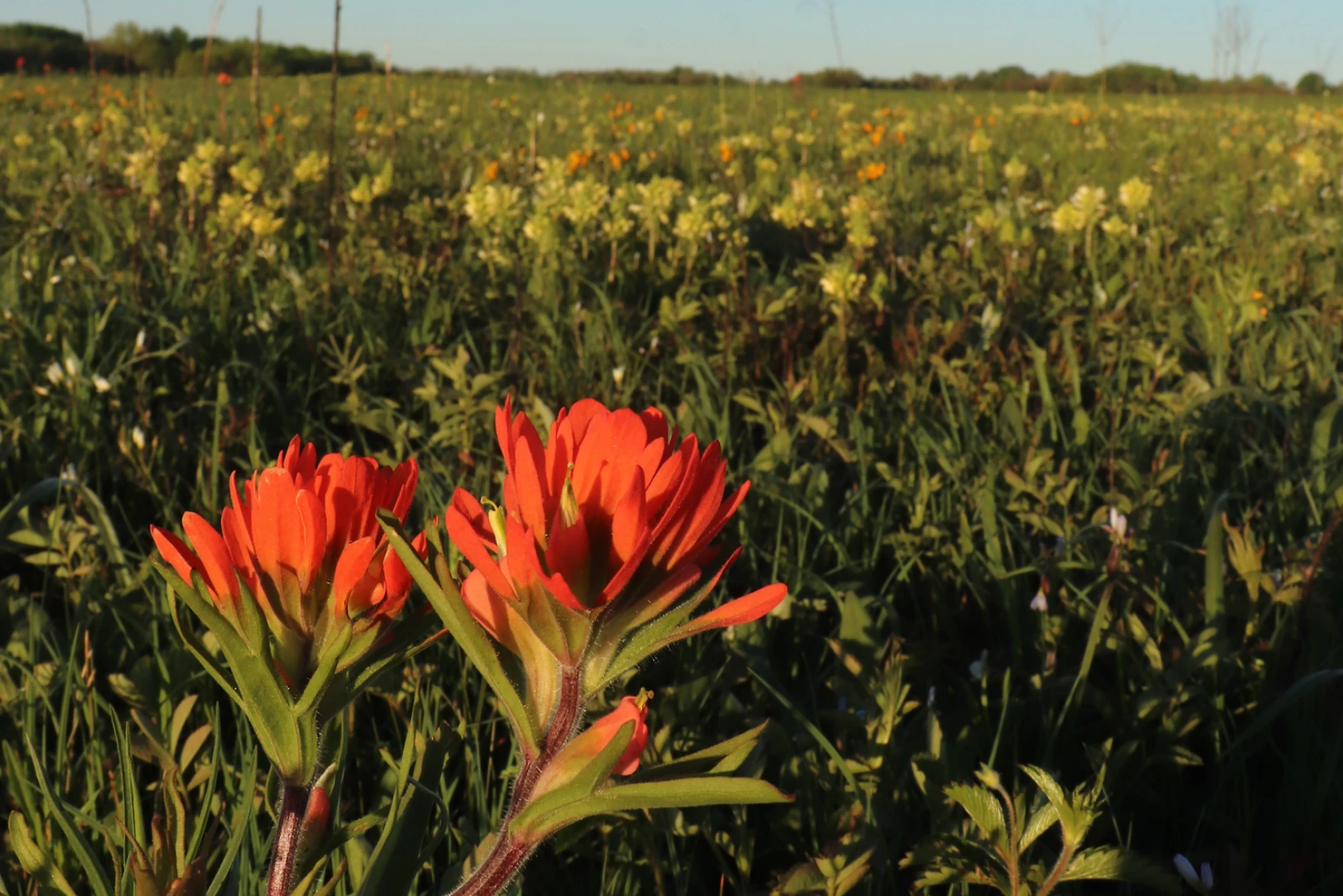
Many natural resource experts and ecologists, including Schulte Moore, say prairie strips are not a silver bullet for today’s soil, water and biodiversity challenges. And they emphasize that we still need to reconstruct large prairie patches while protecting the rare remnants of original, unplowed prairie.
In Missouri, Iowa and Illinois, less than 1% of this ancient ecosystem remains.
But years of research show that prairie strips can unlock some of these benefits.
“We know that we need clean water. We need to do a better job of keeping our soil in place in our fields where it can grow our crops. We know that we need to expand the home of Iowa’s native biodiversity,” said Schulte Moore. “Maybe prairie strips can be part of that solution.”

